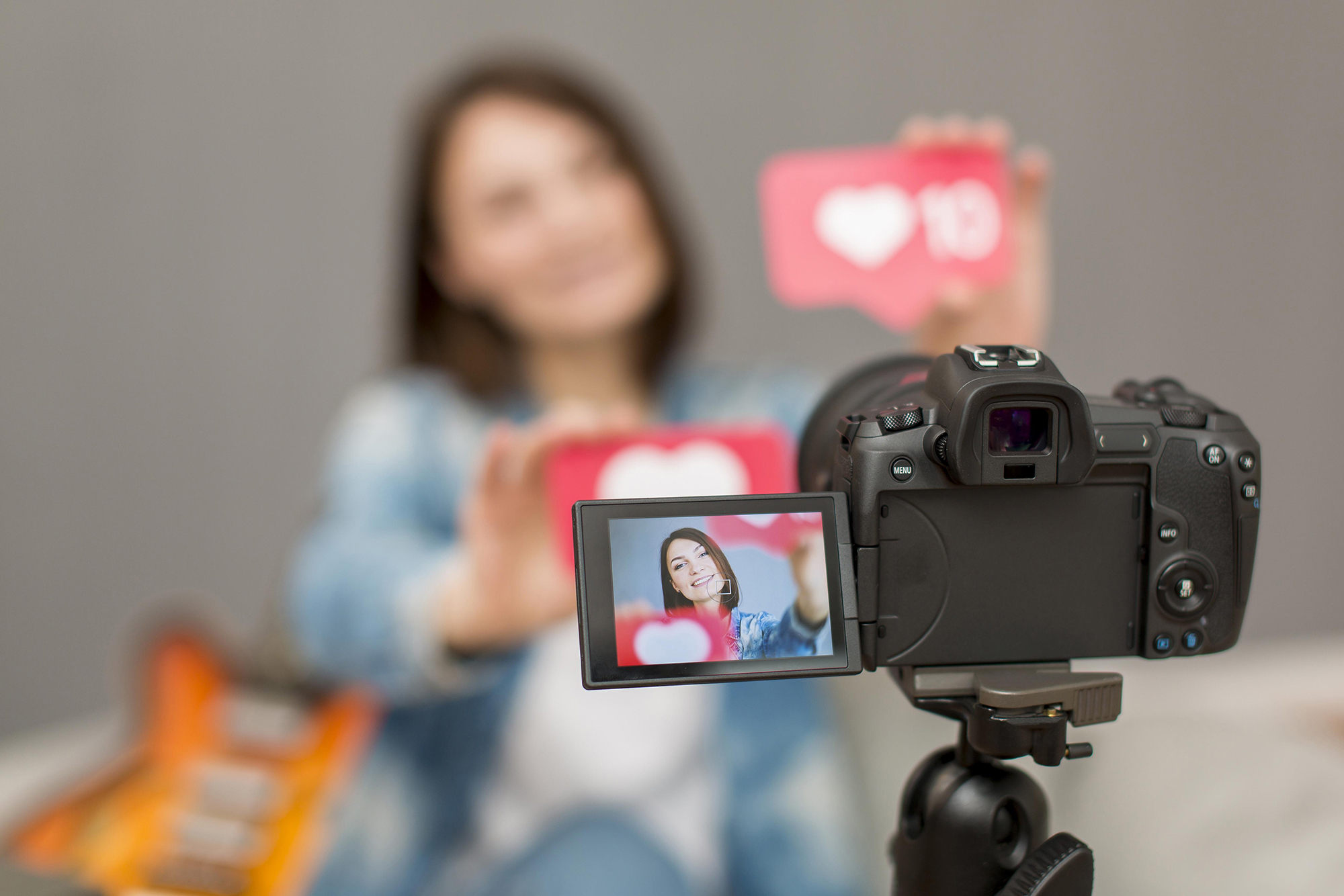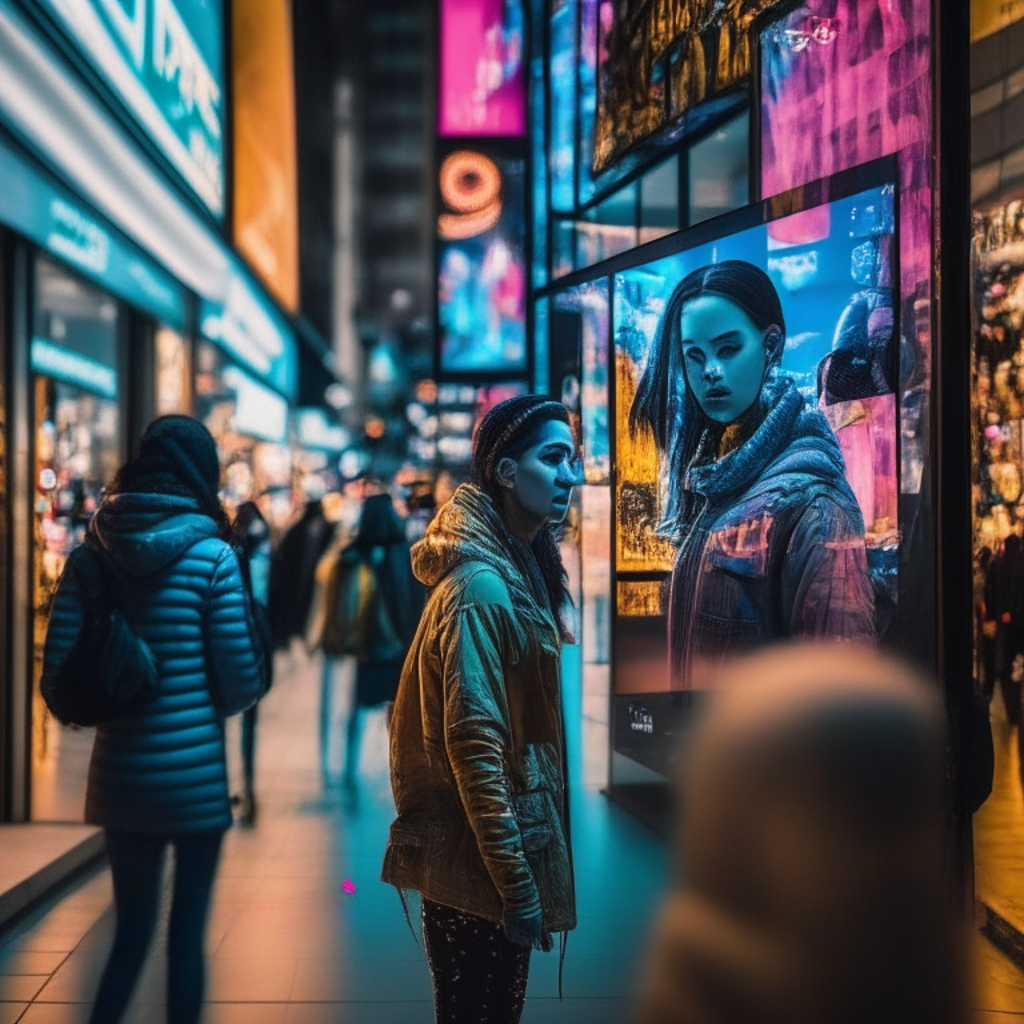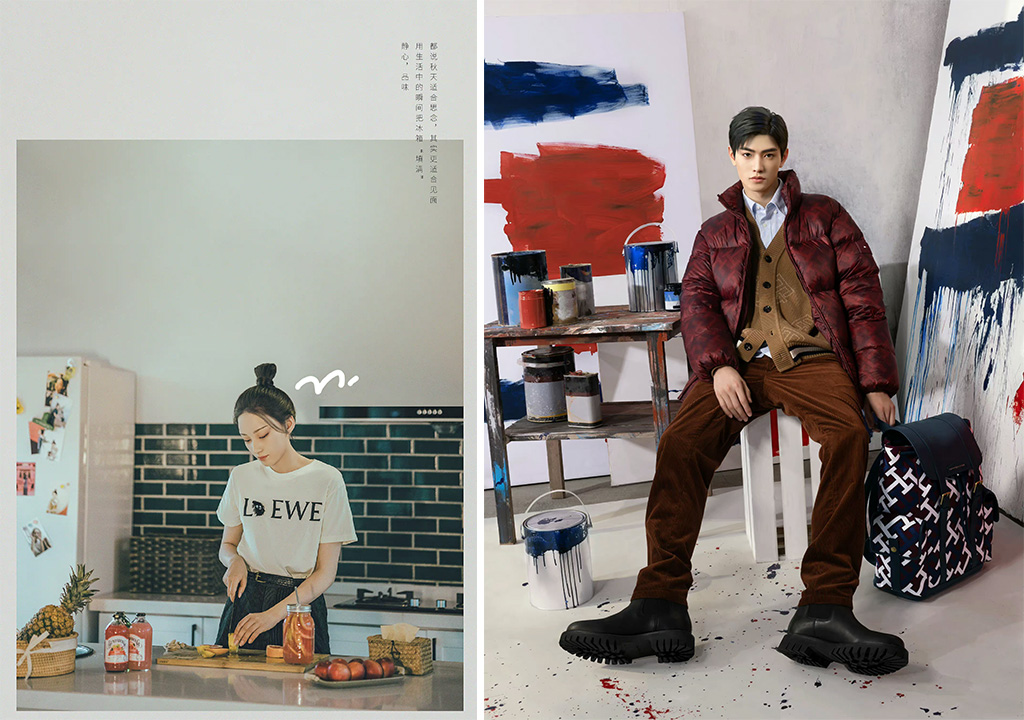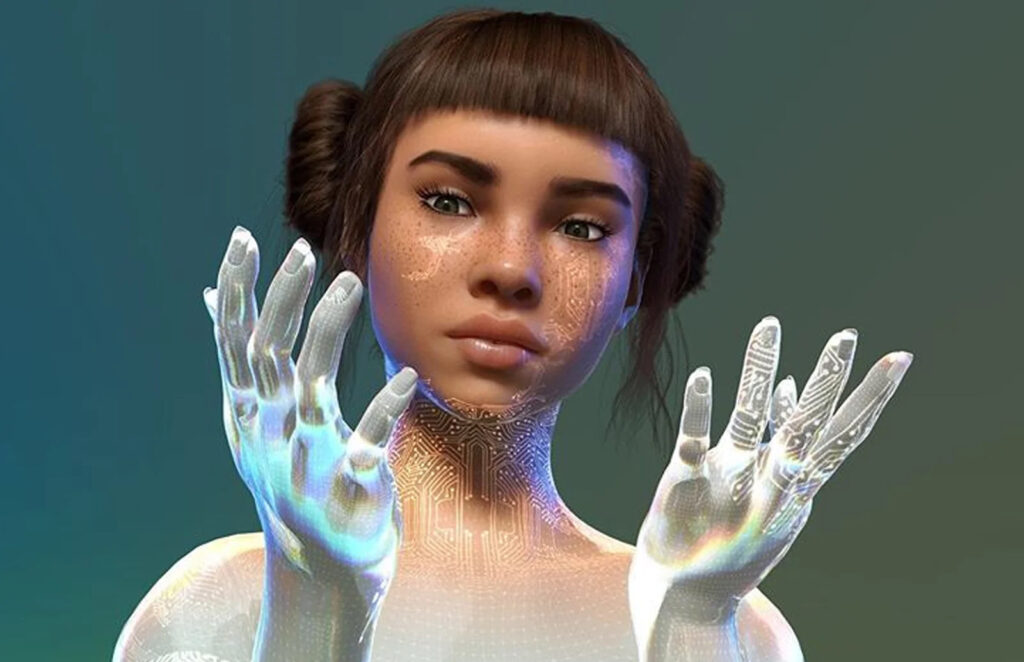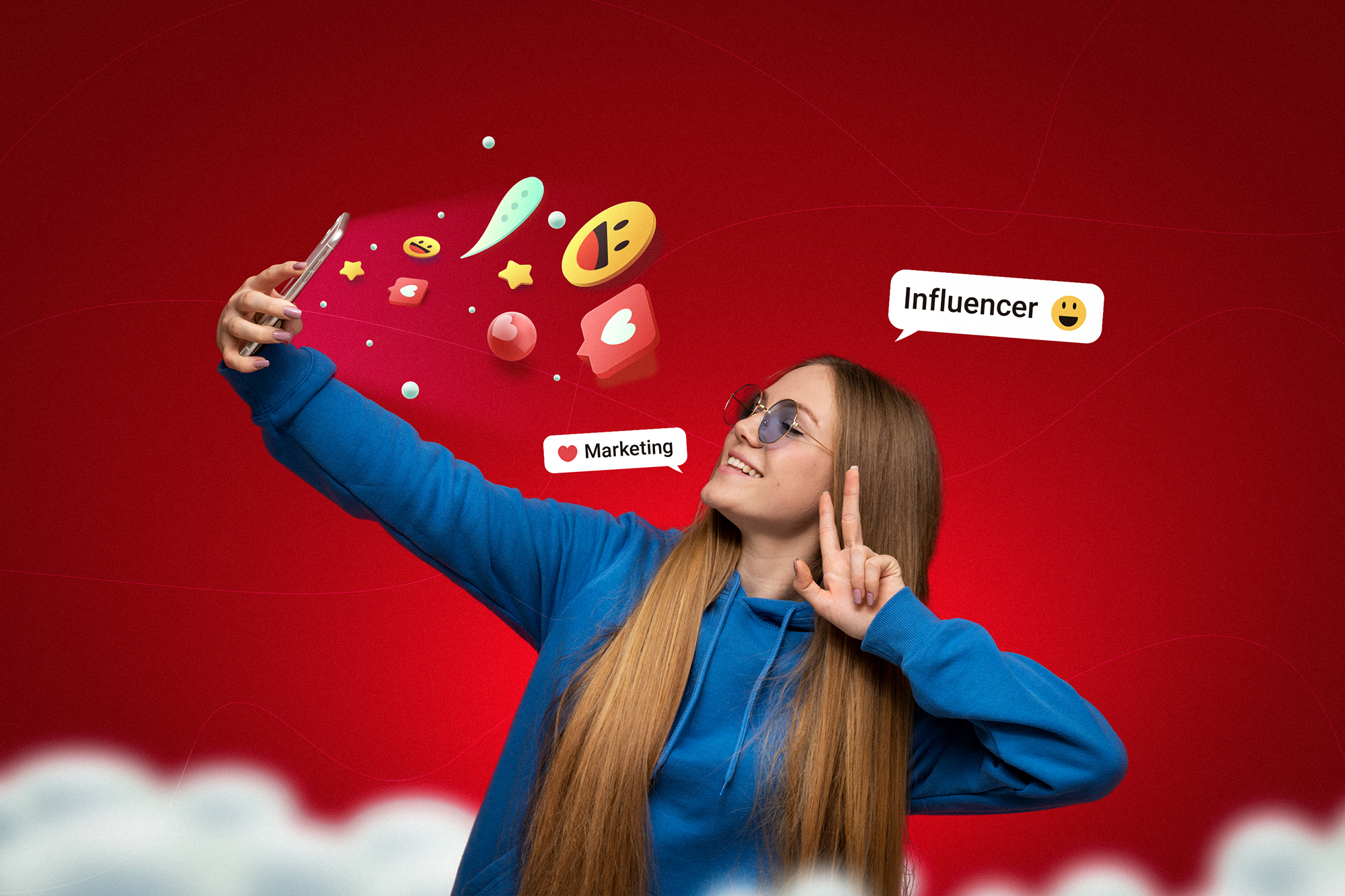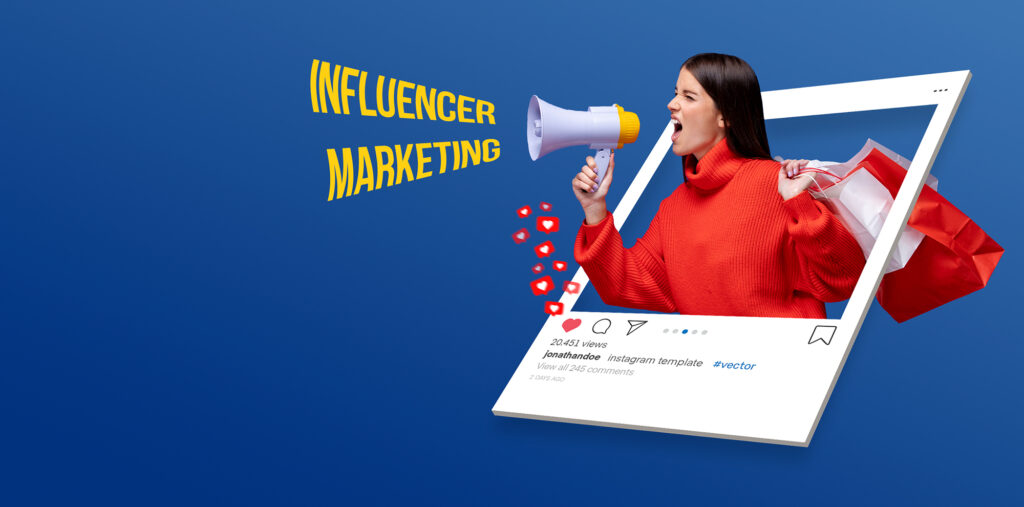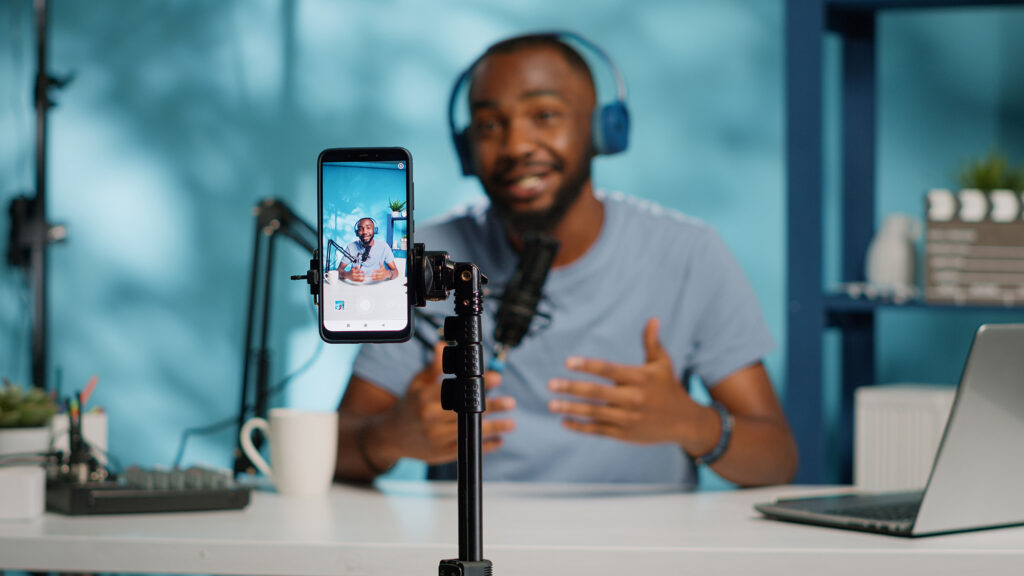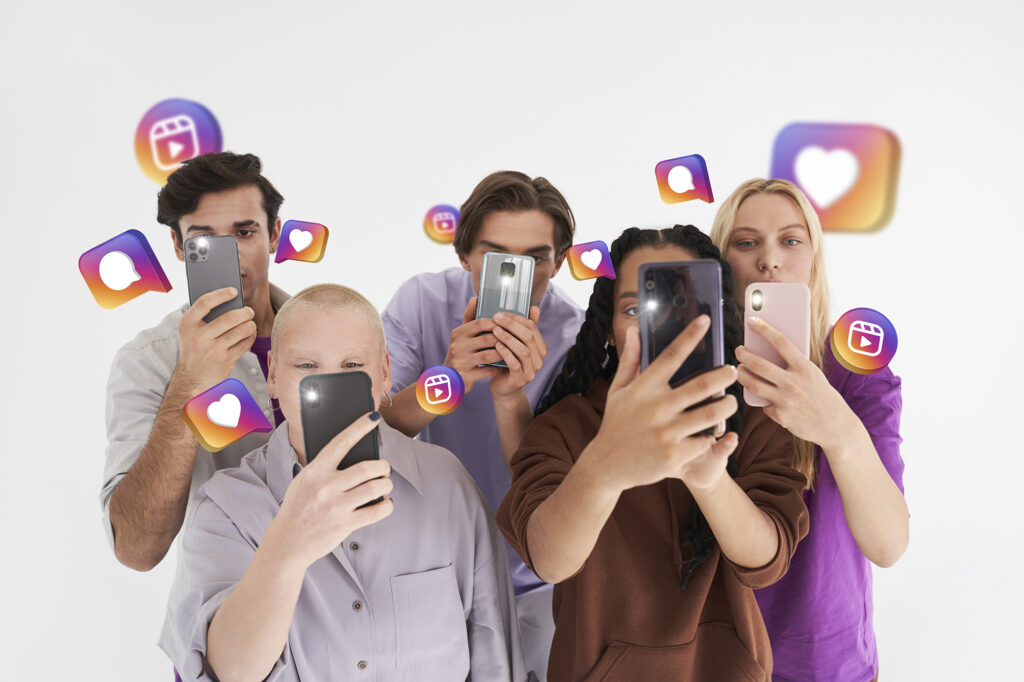The Unstoppable Rise of Video Content
In the kingdom of content, Video Content Trends have ascended the throne and show no signs of abdicating. The explosion of TikTok, the Instagram Reels, and YouTube have established video content as the reigning power of the digital era.
The rise of video content is a testament to the changing consumption habits of the audience. With the advent of smartphones and high-speed internet. Consumers now have the ability to consume video content anytime, anywhere. This convenience, coupled with the engaging nature of video content, has led to its widespread popularity.
- TikTok’s rise has been meteoric, capturing the imagination of Gen Z and beyond. The platform’s unique format of short, engaging videos has made it a favorite among younger audiences. The ability to create and share content quickly has also contributed to its success.
- Instagram Reels have tapped into the short-form video trend. Offering a creative outlet for millions. The platform’s integration with Instagram’s existing features provides users with many ways to consume video content.
- YouTube continues to be a powerhouse. Providing a platform for long-form content that educates, entertains, and inspires. Its wide range of content, from tutorials and reviews to vlogs and documentaries, caters to a diverse audience.
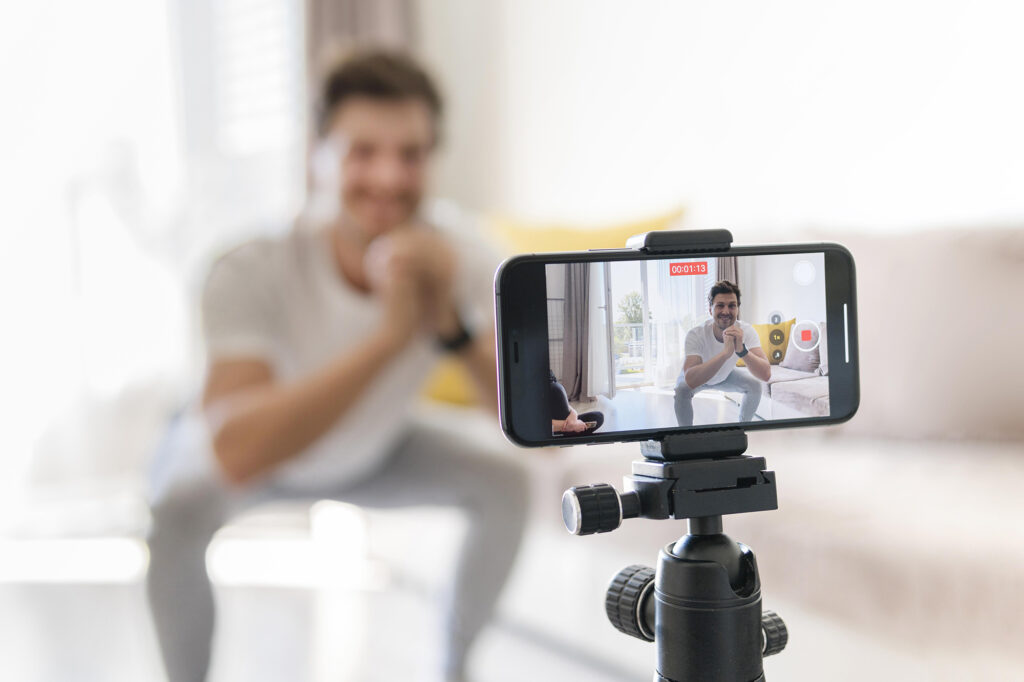
Influencers: The Knights of the Video Content Revolution
Influencers are the knights in the video content revolution. Leading the charge with their creative and dynamic content. They’re not just using video. They’re exploring it, pushing its boundaries, and finding new ways to engage audiences.
Influencers have recognized the power of video content to create connection with their audience. By sharing their experiences, they’re able to build a relationship with their followers. This authenticity is what sets influencers apart. It makes their content so appealing to audiences.
- Influencers are leveraging video to create a more intimate connection with their audience. They’re sharing their lives, experiences, and insights through video. Creating content that is both personal and relatable.
- They’re utilizing the unique features of different platforms to create diverse content. From short, catchy videos on TikTok to in-depth tutorials on YouTube. Influencers are using video to showcase their creativity and expertise.
- Their innovative use of video is setting trends and shaping the content landscape. Influencers are constantly pushing the boundaries of what’s possible with video. Inspiring others to follow suit.
The Transformative Impact of Video Content on Social Media
Video content is not just a part of the social media landscape; it’s transforming it. It’s making platforms more dynamic, more engaging, and more interactive. Leading to increased user engagement and higher conversion rates.
The impact of video content on social media can be seen in the way platforms have evolved to accommodate it. From the introduction of video features on platforms like Instagram and LinkedIn to the rise of video-centric platforms like TikTok. It’s clear that social media is moving towards a more video-focused future.
- Video content is driving user engagement. With users spending more time on platforms that offer dynamic video content. The interactive nature of video content encourages users to engage with it. Leading to higher engagement rates.
- It’s leading to higher conversion rates. With businesses reporting increased sales and leads from video content. Video content allows businesses to showcase their products and services in a more engaging and compelling way. Leading to higher conversion rates.
- The interactive nature of video content is fostering a stronger sense of community on social media platforms. Users are not just consuming video content. They’re interacting with it, sharing it, and contributing to the conversation.
Video Content Trends 2023: The Future is Now
The video content trends of 2023 are a testament to the power and potential of this form of content. From short-form videos on TikTok to long-form content on YouTube. These trends are not just redefining the content landscape. They’re shaping the future of digital communication.
The rise of short-form video content is one of the most significant trends of 2023. Platforms like TikTok and Instagram Reels have popularized this format. Appealing to the decreasing attention spans of digital consumers. On the other hand, long-form content continues to hold its own. With platforms like YouTube providing a space for more in-depth content.
- Short-form videos are dominating, with platforms like TikTok leading the charge. The popularity of short-form videos can be attributed to their convenience. But also the instant gratification they provide.
- Long-form content continues to hold its own, with YouTube remaining the go-to platform. Despite the rise of short-form content. There’s still a demand for in-depth, informative content that provides value to the viewer.
- The rise of virtual and augmented reality is opening up new possibilities for video content. These technologies are providing new ways to create immersive and interactive video content. Offering a glimpse into the future of video content.
The Power of Video Content in Influencer Marketing
Video content is a potent tool in influencer marketing. It allows influencers to connect with their audience in a more personal and engaging way. Driving higher engagement rates and fostering stronger brand-influencer relationships.
Influencer marketing has been revolutionized by the rise of video content. It allows influencers to showcase their personality and authenticity, creating a stronger connection with their audience. This authenticity is what sets influencer marketing apart from traditional advertising. Making it a powerful tool for branding your business, whether it’s a tourism agency, a hotel, or a brand.
- Video content is enabling influencers to showcase their personality and authenticity. By sharing their experiences through video, influencers create personal connection with audience.
- It’s driving higher engagement rates, with audiences more likely to interact with video content. The engaging nature of video content encourages viewers to interact, leading to higher engagement rates.
- Stronger brand-influencer relationships are being forged through the shared experiences that video content facilitates. By collaborating on video content, brands create authentic experience for their audience.
The Future of Video Content: A Promising Horizon
The future of video content looks promising. As technology continues to evolve and social media platforms continue to prioritize video. We can expect to see even more innovative and engaging video content.
The evolution of technology will play a significant role in the future of video content. Advances in video quality, streaming capabilities, and interactive features enable creators to produce immersive content. At the same time, social media platforms will continue to prioritize video. Offering new features and tools for creators to explore.
- The evolution of technology will enable higher quality and more immersive video content. Advances in video quality, streaming capabilities, and interactive features provide creators with opportunities to engage their audience.
- Social media platforms will continue to prioritize video. Offering new features and tools for creators. As platforms continue to evolve, we expect opportunities for video content creation.
Conclusion
In the kingdom of content, video reigns supreme. Influencers are leveraging the power of video to engage their audiences in new and exciting ways. Affirming the dominance of this form of content. The future of content is here, and it’s video.
The rise of video content has transformed the digital landscape. Changing the way we consume content and interact with social media. It’s not just a trend. It’s a revolution that’s redefining the rules of digital communication. As we look to the future, we expect innovative and engaging video content that pushes the boundaries of what’s possible. At Brandfluence, we strive for excellence. Contact us, discover our services, or read from our blog to stay in the loop.
FAQs
Why is video content considered king? Video content is now king because of its ability to engage audiences. It’s more interactive and personal than other forms of content. Leading to higher engagement rates.
How are influencers utilizing video content? Influencers are utilizing video content in creative ways. From short-form videos on TikTok to long-form content on YouTube. They’re using video to connect with their audience on a deeper level.
What impact is video content having on social media? Video content is making social media platforms more dynamic. It’s leading to increased user engagement and higher conversion rates.
What is the role of technology in the future of video content? The evolution of technology will enable higher quality and more immersive video content. It will also provide new tools and features for creators to explore and innovate with.
How is video content shaping the future of digital communication? Video content is shaping the future of digital communication. And that’s by making it more dynamic, engaging, and interactive. It’s enabling more personal and authentic connections. Leading to stronger communities and relationships.
What is the impact of short-form and long-form video content on the digital landscape? Short-form video content caters to the decreasing attention spans of digital consumers. It offers instant gratification. Long-form content, however, provides more in-depth, informative content that adds value.
How is video content transforming influencer marketing? Video content allows influencers to showcase their personality and authenticity. Creating a stronger connection with their audience. This authenticity is what sets influencer marketing apart from traditional advertising. Making it a powerful tool for brands.
Useful Links:
Meta Enhances Video Capabilities On Facebook
How To Create Engaging Video Content for Your Brand
